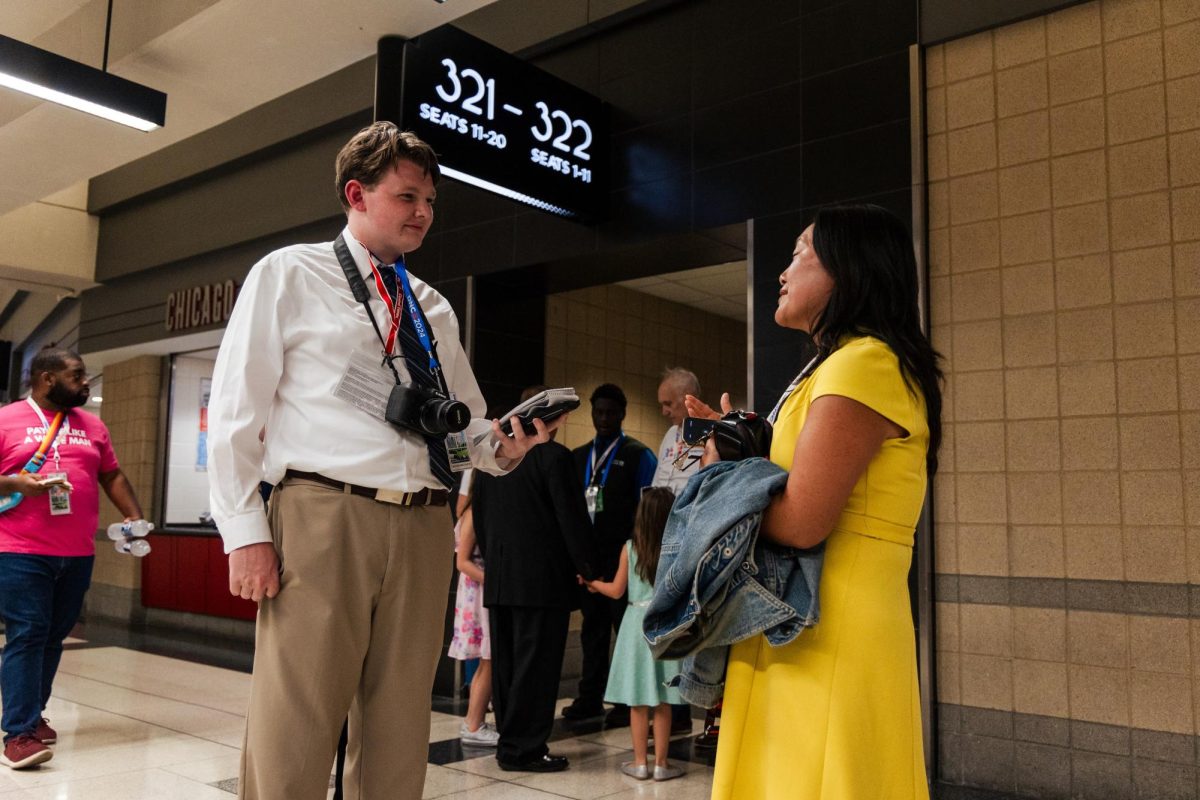Executive Orders: Separating fact from fiction
March 6, 2017
Thousands of executive orders have been signed into action by nearly every president in the past 250 years, but rarely have they been as controversial as the actions taken so far by the Trump Administration. The media hype has left some people wondering exactly what an executive order is and how or why one could be emforced or overturned.
“An executive order is an order from the President of the United States to a subset inside the administration for them to carry out a following instruction,” government teacher Michael Bochenski said.
Although the power to enforce executive orders is not explicitly given to the president by the U.S. Constitution, it is an implied power of the president.
According to Bochenski, executive orders were issued by President Washington and are not uncommon at all.
“It is implied and generally agreed upon that an executive order is a legally binding document,” Bochenski said.
According to the Independent, because executive orders have the power of a law, they can also be questioned and even deemed unconstitutional in a similar way. This decision is ultimately made by the U.S. Supreme Court. But, like the opposition of any other piece of legislation, this process must begin in the local courts.
“It has to work its way through the process from a district judge to the appeals court, but the attorney general will take the president’s side and say, ‘This is a lawful order, it’s limited in scope, it’s tailored to what it is supposed to do and it is lawful under the Constitution,’” Bochenski said. “If it is challenged and it makes its way up through the judicial branch up to the top, the Supreme Court is the final arbiter of whether it not it’s constitutional.”
Executive orders can be likened to decorating a room. Say the presidential administration is a bedroom that belongs to the president, and executive orders are the decorations and stylistic choices that make the room unique. The rest of the household may not like the style, but unless there is something seriously hazardous about it there’s little they can do. When the room changes owners, they can keep or replace however many of the decorations they wish.
On Jan. 27, President Donald Trump issued an executive order that banned travel from seven countries for 90 days and suspended all refugee admission for 120 days on the grounds that those countries contain active terrorist groups.
According to the executive order “Protecting The Nation From Foreign Terrorist Entry Into The United States,” the goal of these suspensions is to reassess the visa programs and improve screenings to prevent terrorists from entering the country. The countries affected are Iran, Iraq, Syria, Sudan, Libya, Yemen and Somalia.
“The president’s charge as chief administrator and chief executive is to see that the TSA is regularly updated on how how they are to perform their job,” Bochenski said. “In this case, he said that [they] are now to bar entry to these individuals from these seven states because they might potentially be a threat.”
According to The Seattle Times, a Seattle federal judge temporarily blocked the travel ban, and on Feb. 4 this executive order was rejected by the Ninth Circuit Court of Appeals.








